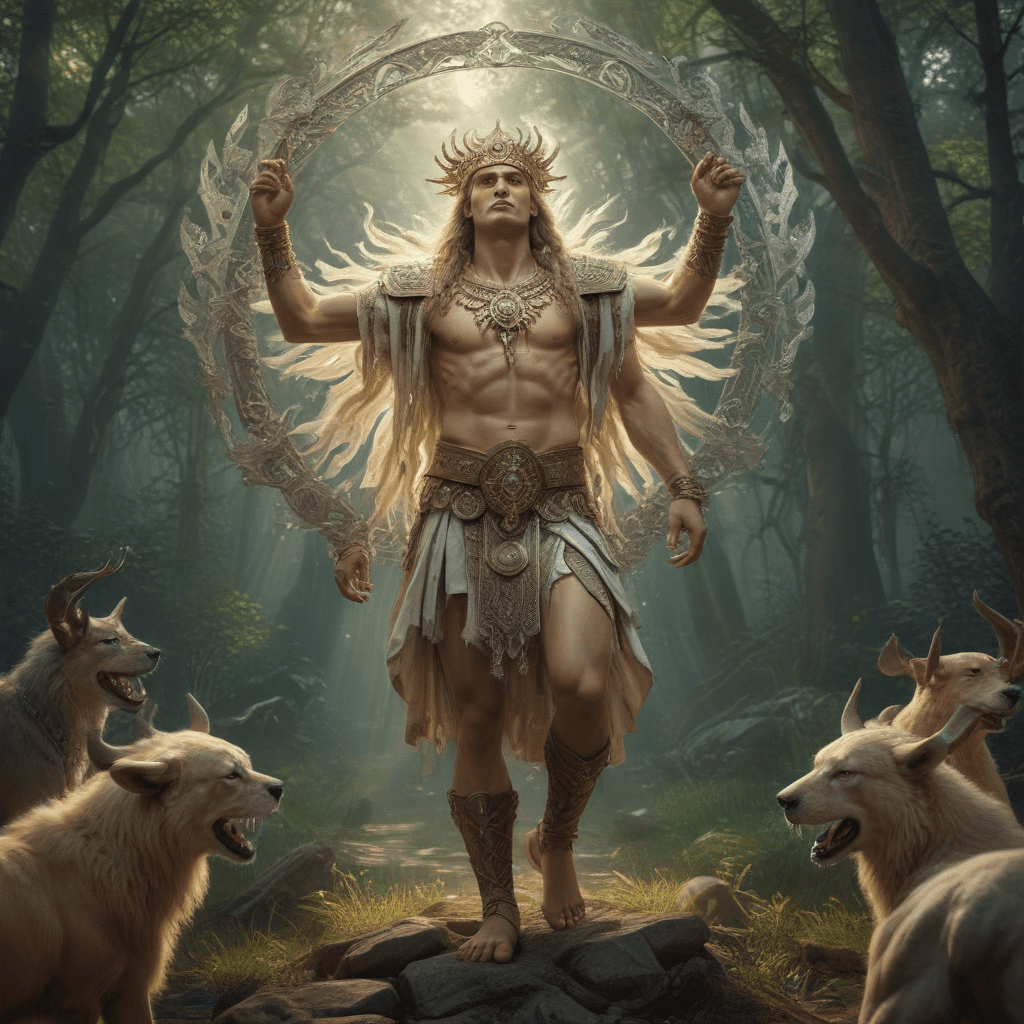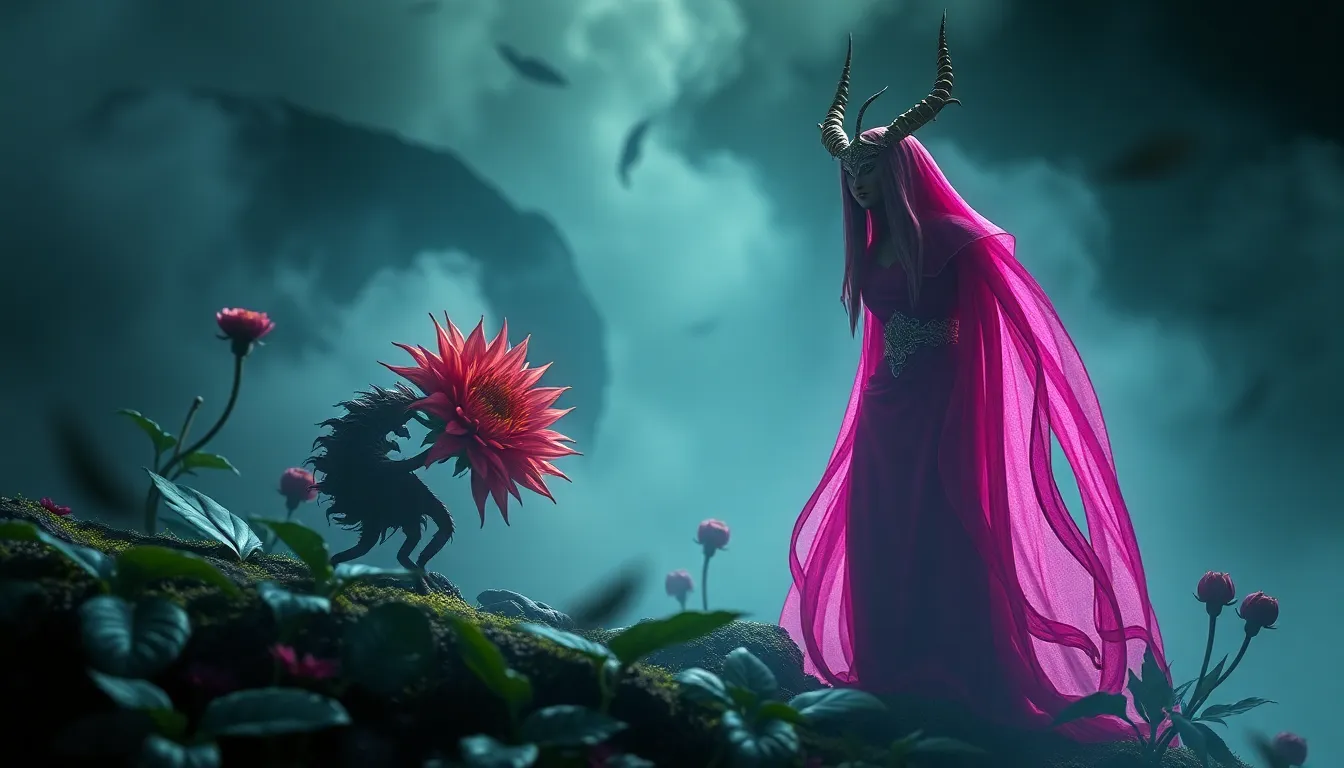The Concept of Transformation in Slavic Mythology
I. Introduction
Transformation holds a central place in Slavic mythology, reflecting the profound significance of change and metamorphosis in the Slavic worldview. In Slavic folk tales, legends, and mythology, transformation manifests itself in physical, psychological, and supernatural forms. Through transformation, individuals embark on journeys of growth, renewal, and self-discovery.
II. Types of Transformation
A. Physical Transformation: Animals, Plants, Objects
Physical transformation involves the ability to change one's physical form into that of animals, plants, or inanimate objects. Slavonic tales abound with instances of characters shapeshifting into wolves, birds, trees, or stones. This power allows them to escape danger, overcome obstacles, and gain access to hidden realms.
B. Psychological Transformation: Dreams, Madness, Possession
Psychological transformation encompasses changes in a character's mental state, thoughts, and emotions. Dreams, madness, and possession are common ways for characters to experience psychological shifts. These transformations can reveal hidden aspects of oneself, challenge established beliefs, or lead to radical shifts in perspective.
VI. Transformation in Ritual and Ceremony
Rituals and ceremonies in Slavic culture often involved transformative elements. Rites of passage, such as birth, marriage, and death, were marked by symbolic transformations that represented changes in status and life stage. Seasonal festivals also incorporated elements of transformation, celebrating the cyclical nature of life and the turning of the seasons.
VII. Transformation in Art and Literature
Slavic folk art and symbolism frequently depicted transformative motifs. Carvings, embroideries, and other forms of traditional art showcased the interplay between the natural and supernatural worlds and the power of transformation. Slavic literature, from ancient epics to modern fairy tales, also explored themes of transformation, using it to convey deeper meanings and reflect societal values.
VIII. The Legacy of Transformation in Slavic Culture
The concept of transformation has deeply permeated Slavic culture, shaping folklore, religion, and social practices. It remains a vital part of Slavic identity, reflecting the importance of change, adaptability, and the belief in the interconnectedness of all things.
IX. Modern Interpretations of Transformation
In contemporary times, the concept of transformation in Slavic mythology has undergone re-interpretation through postmodern perspectives and psychological and literary exploration. Artists, writers, and scholars explore the psychological, social, and cultural implications of transformation, revealing the enduring significance of this theme in Slavic culture.
X. Conclusion
Transformation lies at the heart of Slavic mythology, representing the belief in the power of change, renewal, and the interconnectedness of the natural and supernatural worlds. Through various forms, transformation serves as a lens through which Slavic cultures have understood the complexities of life, celebrated change, and found meaning in the ever-evolving world.
FAQ
1. What is the significance of transformation in Slavic mythology?
Transformation in Slavic mythology signifies the importance of change, renewal, and the interplay between the natural and supernatural worlds.
2. What are some common types of transformation in Slavic myths?
Physical transformation (changing into animals, plants, or objects), psychological transformation (dreams, madness, possession), and supernatural transformation (assisted by gods, spirits, or rituals).
3. How is transformation represented in Slavic folk tales?
Transformational motifs are commonly found in Slavic fairy tales, where they symbolize personal growth, overcoming obstacles, and the power of change.
4. What is the role of supernatural beings in transformation?
Supernatural beings such as gods, spirits, and witches often facilitate transformation through their magic, spells, or rituals.
5. How does transformation manifest in Slavic rituals and ceremonies?
Rituals and ceremonies incorporate symbolic transformations to mark life events (birth, marriage, death) and celebrate the cyclical nature of life and the seasons.



